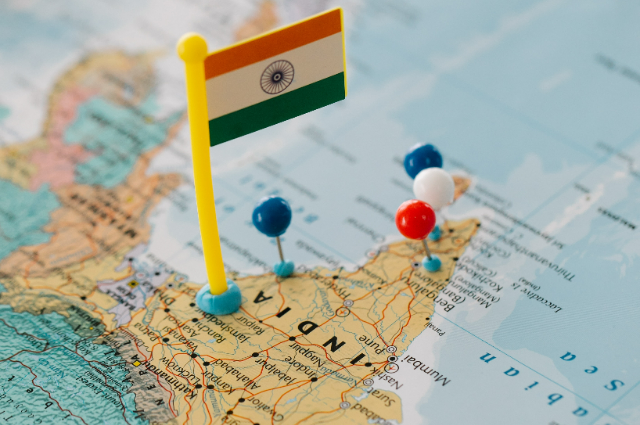
The Geographical Indications Registry in Chennai has recently granted Geographical Indication (GI) tags to 7 products from different regions of India, including four different regions of India, including four traditional crafts from Rajasthan.
The GI tags provide recognition and protection to these unique products highlighting their distinctiveness and origin.
1) Jalesar Dhatu Ship
It is a complex Metal Craft originating from the town of Jalesar in Uttar Pradesh's Etah district. More than 1,000 small units in this region are passionately engaged in creating exquisite metal crafts. The craftsmanship involves the production of decorative items such as anklets and bells. Thus art work is mastered by the local community known as Thatheras.
2) Goa Mankurad Mango
A unique mango variety from Goa, Mankurad Mango. Alphonso is a delightful mango variety grown in Goa. Due to its sweet, juicy pulp, thin skin, and pleasant aroma, it is regarded as one of the finest varieties of mango in India. The name of the mango finds its origin in history and was initially named 'malcorada' by the Portuguese which means 'poor colored' and later that translated into 'mankurad aamo' (mango) in Konkani.
3) Goan Bebinca
The Regal Dessert of Goa, Goan Bebinca also known as Bebik is a traditional desert coming from Goa. It is a layered cake made up of coconut, eggs, and flour, etc. The cake is baked in a manner to give it a rich and moist texture. It is regarded to be the 'queen of Goan deserts'.
4) Udaipur Koftgari Metal Craft
From Rajasthan, it produces ornamented weapons. This special art involves embedding of gold and silver wires into a metal and drawing it with perfection. The primary purpose of the art is to give it a regal and artistic appearance.
5) Bikaner Kashidakari Craft
It offers needlework for special occasions. Traditionally crafted on silk, cotton, or velvet. This craft is often employed in wedding and gift items. The mirrors used in the craft are to protect against the 'evil eye'. The skilled Meghwal community in Bikaner's nearby districts is responsible for preserving this art form.
6) Jodhpur Bandhej Craft
Bandhej, known as one of the most renowned textiles from Rajasthan. It is the art of typing and dyeing. It involves creating patterns on fabrics by tying them with threads in various colors. Used in sarees, dupattas, and skirts, etc.
7) Bikaner Usta Kala Craft
It is also referred to as gold nakashi. This unique art form entails treating raw camel hide and skillfully moulding it into a wide range of products. Dagpar community of leather craftsmen will carry forward this tradition. It is a form of painting that incorporates gold or silver foil to create intricate designs on surfaces like wood, metal, marble, or ivory.
What is a Geographical Indication Tag?
A Geographic Indication (GI) is a sign used on products that have a specific geographical origin and possess qualities due to that origin. GI tags not only promote the uniqueness and craftsmanship associated with them. Such things continue to find recognition not only in India but also globally.
GI tags are issued as per the Geographical Indications of Goods (Registration and Protection) Act, 1999 by the Ministry of Commerce and Industry.
. . .
Reference:
- current affairs.adda247.com
